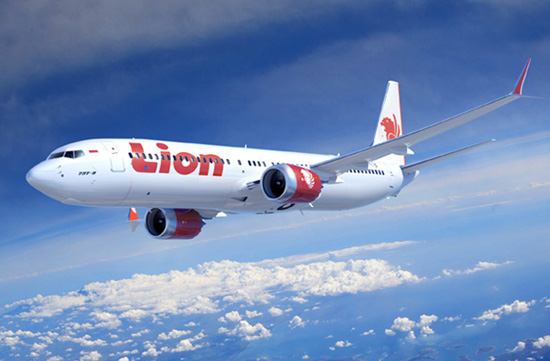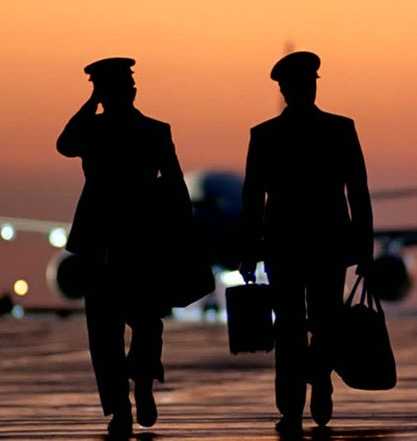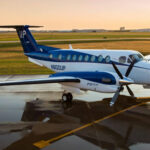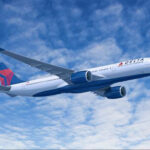FAA Issues Airworthiness Directive for 737 Max 8

The Federal Aviation Administration (FAA) has issued an emergency airworthiness directive on about 250 Boeing 737 Max 8s in response to the recent Lion Air crash. Boeing had previously sent a bulletin to operators of potential issues with the airplane type.
“Possible erroneous angle-of-attack inputs on Boeing 737 Max aircraft… can potentially make the horizontal stabilizers repeatedly pitch the nose of the airplane downward, making the aircraft difficult to control,” the FAA states in the directive.
Boeing procedures include instructions to pilots in the event of a faulty stabilizer trim system, but in this case following those procedures may have caused the airplane’s computers to believe a wing stall was imminent.
Effective immediately, the FAA is requiring US based operators to revise their flight manuals “to give the flight crew horizontal stabilizer trim procedures to follow under certain conditions.” Operators were given three days from the time of the directive to make the updates.
“The FAA continues to work closely with Boeing, and as a part of the investigative team on the Indonesia Lion Air accident, may take further appropriate actions depending on the results of the investigation,” said the agency.
Initial review of the crashed Lion Air 737’s flight data recorder showed that the airplane had faulty airspeed indications for the last four minutes of its flight.
Boeing’s bulletin, issued before the FAA’s directive, advised operators to follow existing flight crew procedures intended addressing instances of faulty inputs from angle-of-attack sensors.
Angle of attack and airspeed indicator malfunctions occur occasionally “but crews typically deal with such problems without incident, tapping fundamental skills learned while piloting small aircraft in their pre-airline years” said John Goglia, a former National Transportation Safety Board member.
Goglia expanded “though pilots may be highly-trained to operate technology-laden jetliners, many have less experience flying without such systems, particularly if those pilots hail from countries with less-developed general aviation industries.”
Greg started his professional pilot journey in 2002 after graduating from Embry Riddle. Since that time he has accumulated over 8,000 hours working as a pilot. Greg’s professional experience includes flight instructing, animal tracking, backcountry flying, forest firefighting, passenger charter, part 135 cargo, flying for a regional airline, a national low cost airline, a legacy airline, and also working as a manager in charge of Part 135 and Part 121 training programs.



